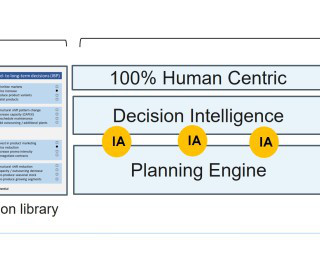3 ways retail warehousing impacts profitability
6 River Systems
JUNE 29, 2020
With more brick-and-mortar stores shutting their doors than ever before and demand for warehouse space on the rise, retail warehousing creates a profitable opportunity for many companies. In this post, we’ll discuss the trends contributing to the retail warehousing trend and three ways retail warehousing impacts profitability.
















Let's personalize your content